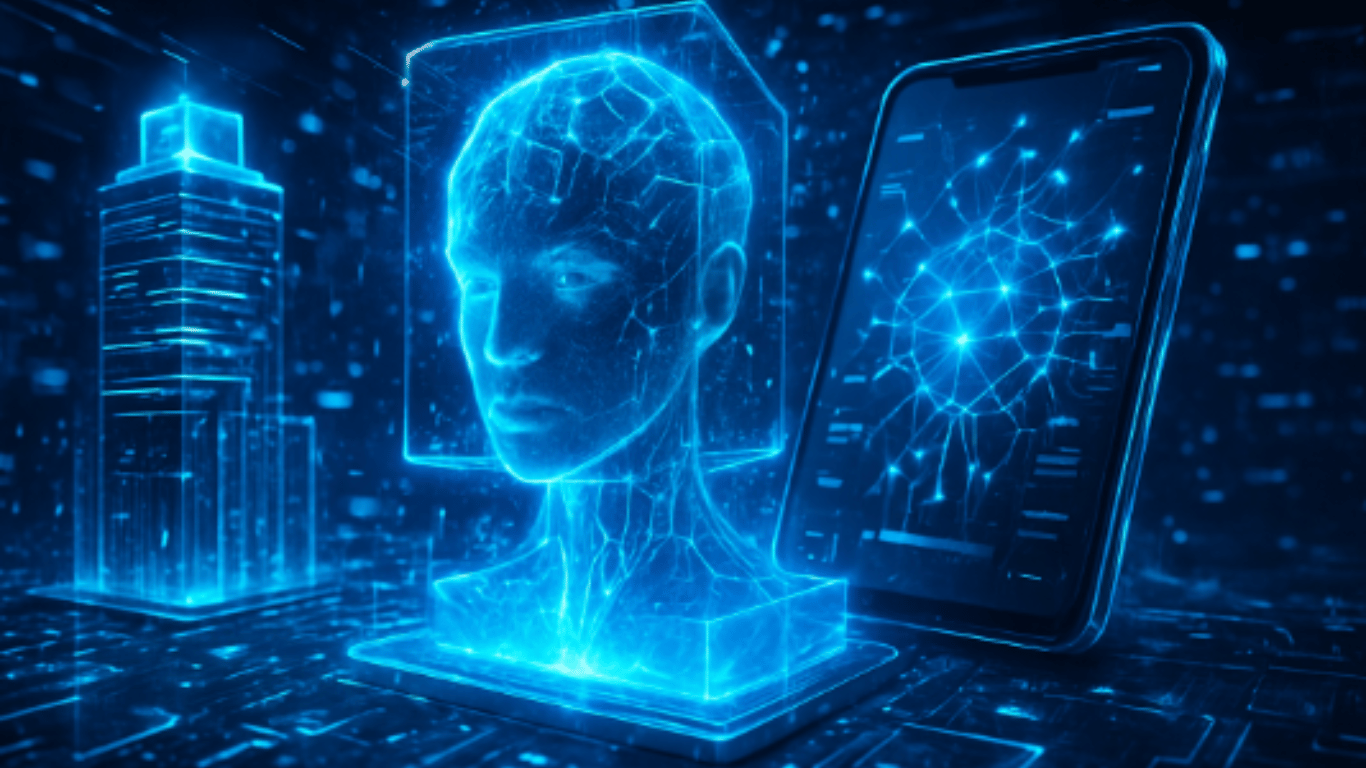Phygital products allow businesses to offer the seamless experiences customers are now looking for. Make sure to offer the hybrid experience!
Companies that are not augmenting their physical products with digital experiences will be left behind. Customer experience is now just as important as the product or service itself. Customers want seamless interactions, and this need will only increase as the digital world evolves in the metaverse. The most successful brands of the future will offer a hybrid experience, enabling customers to engage digitally through physical products.
What is 'Phygital'?
“Phygitals” is a term widely used to describe hybrid products that blend the physical with the digital in seamless integration and can serve multiple purposes across industries.
Hybrid experiences like these are already all around us and in our everyday lives in the form of Snapchat filters and mobile games. One prime example is Pokémon GO, the widely popular game where players walk around their physical environments to find digital Pokémon that show up on their phone screens.
The mobile game gave Pokémon fans a new way to interact with a franchise they love and brought in some new Pokémon fans as well. To date, Pokémon Go is the 4th highest grossing game in the U.S.
Phygitals - Use cases
While hybrid experiences seem to be mostly used for entertainment and leisurely purposes, they will evolve soon and expand into other industries with additional use cases. We’re already seeing evidence of this in the fashion industry.
This past New York Fashion Week saw major brands like PUMA, Tommy Hilfiger and Rebecca Minkoff leveraging technology to elevate the fashion experience for those in-person and at home. Rebecca Minkoff utilized projection mapping to immerse the runway in a jungle while Tommy Hilfiger partnered with Roblox to deliver a virtual fashion show, complete with avatars wearing the newest collection.
Collectibles are another area that is turning into phygitals. The perceived value of physical collectibles is dramatically increased by adding a digital asset at almost no cost.
While providing a direct engagement channel to younger collectors, digital collectibles present an opportunity for the industry to innovate while also retaining the physical core they are known for. The basis for hybrid collectibles has been established with the introduction of
NFTs on blockchains which ensure ownership and tradability.
A prime example of hybrid collectibles is
crypto stamps in Austria. Stamp collecting is one of the oldest and most popular hobbies. Now, collectors can get a physical and a digital stamp collectible which can even be used to send mail. The fact that each crypto stamp collection was offered at a premium price and sold out on the first day shows the potential of augmenting physical product with digital values.
Final thoughts
With all this discussion about the hybrid world, people often wonder if one side will eventually take over: the physical or the digital? The answer is both.
Hybrid experiences are contributing to the conclusion of what digitalization started: the metaverse — a world where everything that’s happening will be mirrored in both the physical and digital worlds and people will be constantly transitioning between the two.
In the future, every physical object will have a digital twin with additional digital value and information, including its complete history. With all this valuable information, consumers and companies alike will need to think about how they can secure the connection between the two and protect valuable information and data. The entry points into either world need to be uniquely identified, enabled by machine-readable codes and secure to avoid loopholes for fraud and malicious activity.
As companies create these phygitals, they need to partner with trusted organizations that provide high-level security and connection to protect themselves, their consumers, and their valuable data.













